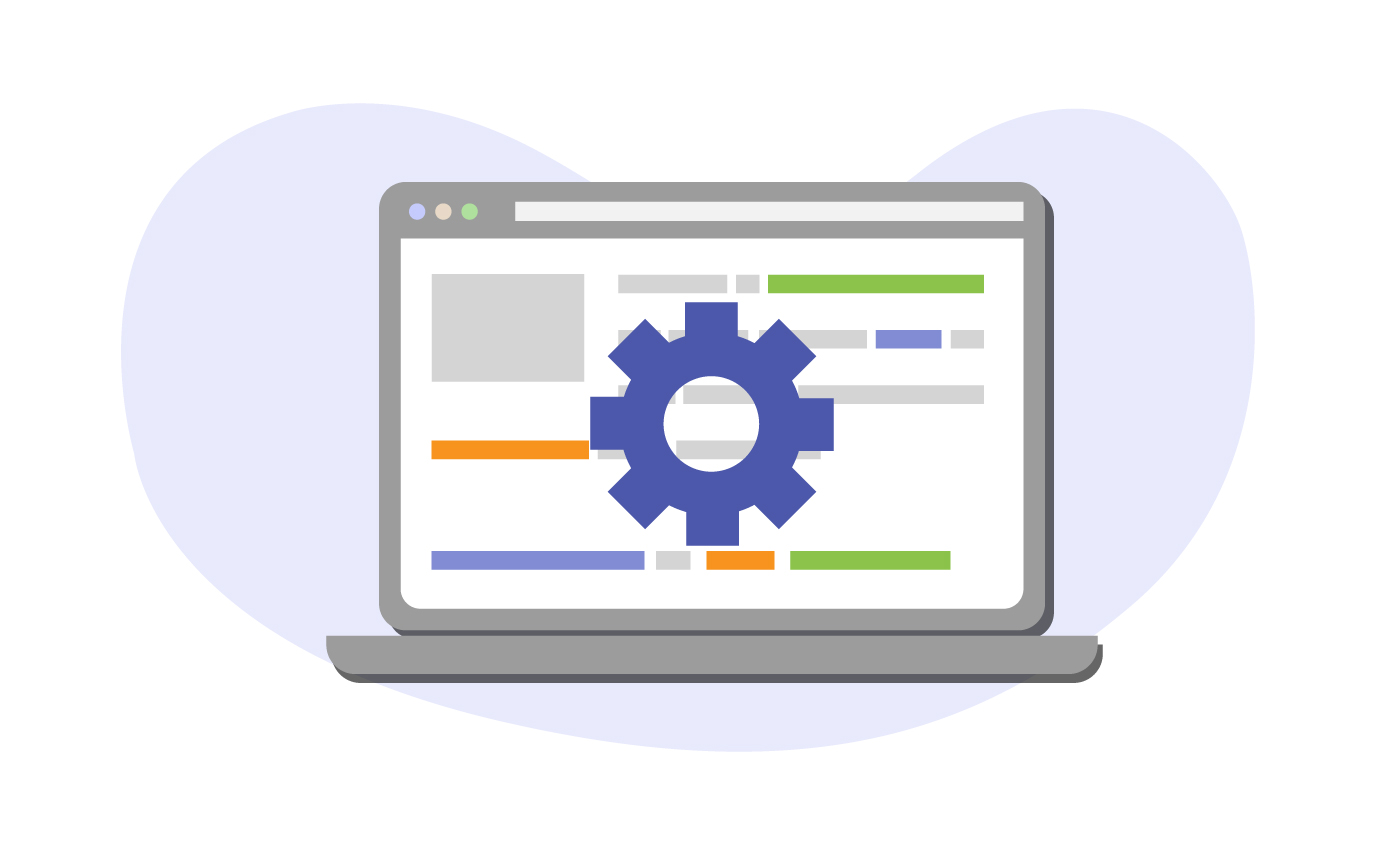In this chapter we outline the steps you should take to structure and write the perfect guest post article.
In this chapter, we will outline the steps that you should take when it comes to structuring and writing content for guest post articles.
The Structure of a Good Guest Post

If you’re guest posting, you have to pay attention to a few things:
- Link Placement – it’s best to always have your link “above the fold line”. In other words, you don’t want the hyperlink towards your website to be buried deep into the article as it’s possible that users may not even reach the bottom of the page before leaving.
- Anchor Text – the anchor text should be naturally placed in the content and look organic – this can work very well even if you’re using a branded anchor.
- Article Length – generally speaking, longer is better. Having said that – before you start writing 1000 words titled “A Short Reminder About Daylight Savings Time and How to Ease Into It” – context first, then length.
- Headers – it’s important to include H1, H2 for ease of navigation because Google uses headers to better understand what the article is about. Use keywords when you compose your headers.
- Article Relevance – your link has to be relevant to the article. Don’t just force your link to your accounting business into an article about seasonal allergies. It won’t work – and Google will see it as being completely non-relevant.
- Structure and Grammar – readability is important. It’s important to have headers in place – preferably ones that are descriptive and have the right keywords. Don’t over optimize your content and make it easy to read. Take a look at other articles on the page you’re going to be posting on. How are they structured? Follow their guidelines, and ask for them ahead of submitting your post.
- Supporting Visual Content – it’s best if it’s yours! Anyone can download great photos from free sites like Unplash or have a stock account at the ready. But if you submit and publish your own original content, it’s going to enhance the quality of your post and make your content recognized. Don’t forget the Image Alt Tags! They shouldn’t be stuffed with keywords but descriptive.
Bonus:
- Link Title Attribute – this is a little link description that the readers can see when they hover over your link. It’s helpful when it says “great resource here” or “buy chocolate now” – but not very helpful when stuffed with annoying keywords or a copy of the URL.
- Author Bio and Credit – if you have several great articles about a specific niche under your belt, your name and bio appearing under your article might in itself become a ranking and trust factor.
- Keywords in webpage names – especially if they’re associated with you – this is why it’s nice to develop relationships, and be able to have a clear and open conversation about the guest post process.
Optimising Guest Post Text for SEO

The time of keyword stuffing is long gone, but the text has to be readable both for readers and for google. The text has to look natural and organic, but be optimized for your chosen keywords.
First, think about where you’re going to be publishing. This is going to be different from posting on your own page – because you’re NOT posting on your own page! What will make THEM rank better?
Your link will ride their wave.
Use long tail keywords when you write the title tags – it makes your content stand out from the competition.
Avoid keyword cannibalization by using different keywords throughout different guest posts that you post on different websites. For example, you want to avoid posting articles with the same exact anchors and keywords in 10 articles that you publish on a given month. You don’t need an algorithm to tell you that something is fishy here.
Title Tags are crucial – don’t stuff them full of your own keywords – think of the user intent and why they’re on the site to begin with.
Headings – Include an H1 tag and supporting H2 tags. It makes the article more organized. Remember not to copy and paste from the title tag – make an original heading. This gives you more opportunity to properly describe and classify what your article is about.
Meta description – it’s always a good idea to include your own – you’re going to help the publisher out and seem more organized, but these are often left up to the publisher.
Use tools like Yoast or Surfer and Grammarly to help you with your text.